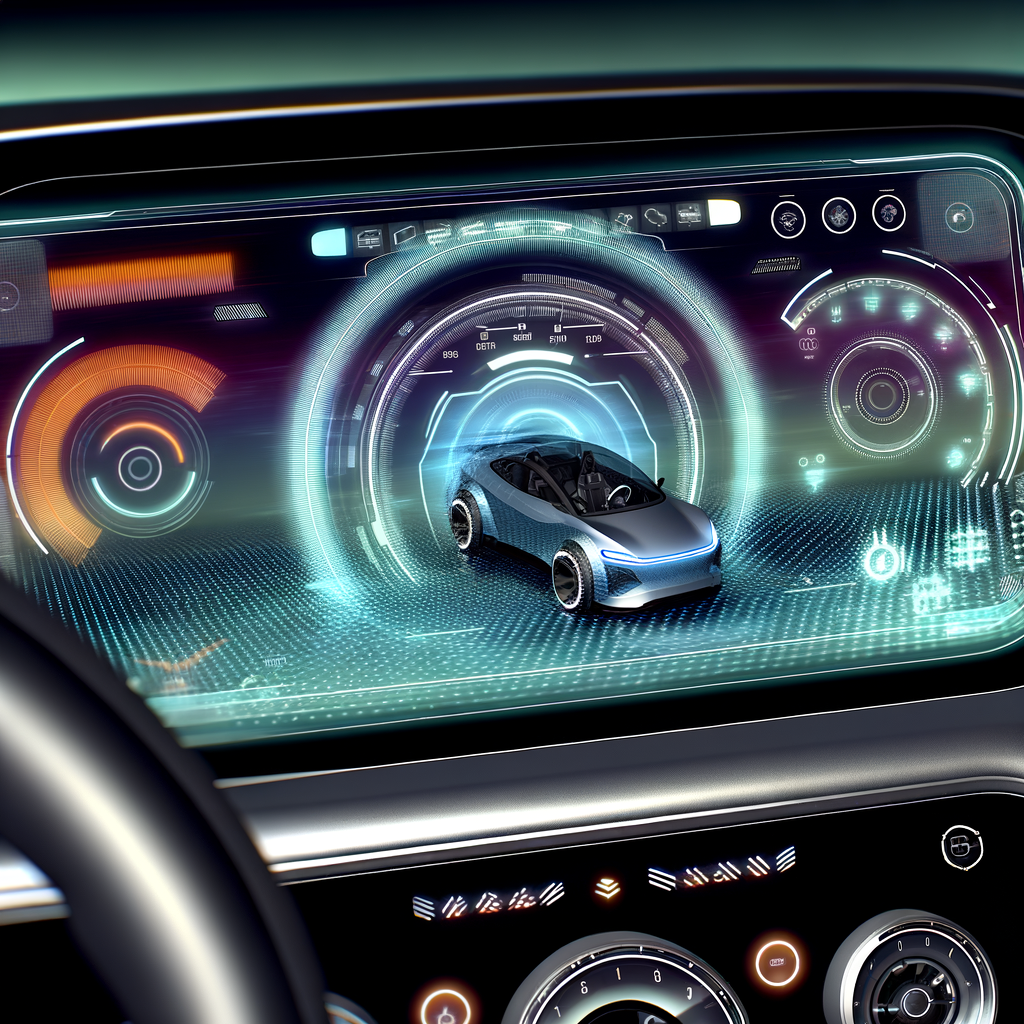How to Get Your Motor 393 to Display Correctly
Ensuring your Motor 393 is displaying correctly can be an essential part of your project’s success. Whether you’re a hobbyist, an engineer, or a tech enthusiast, the steps to achieve optimal display can be simplified into a clear, methodological approach. This article will guide you through the essential steps and tips to ensure your Motor 393 displays accurately and efficiently.
Understanding the Basics
Before we delve into the technical steps, it’s crucial to understand the basic components and functions of the Motor 393. This motor is known for its versatility and reliability, commonly used in various robotics and automation applications.
Key Features of Motor 393
– High Torque: Provides significant power for demanding applications.
– Variable Speed: Allows for adjustments according to specific requirements.
– Durability: Designed to withstand rigorous usage over time.
Understanding these features will help you make appropriate adjustments to achieve the desired display results.
Initial Setup
To get started, you need to ensure that the basic setup of your Motor 393 is correct.
Step 1: Proper Mounting
– Ensure that the Motor 393 is securely mounted to prevent any unwanted vibrations or movements.
– Use appropriate mounting brackets and screws that match the motor specifications.
– Check alignment to make sure the motor is perfectly horizontal or vertical, depending on your setup.
Step 2: Electrical Connections
– Verify that all electrical connections are secure and free from any corrosion or damage.
– Use high-quality connectors and cables to ensure efficient power transmission.
– Double-check that the polarity of the connections is correct to avoid any potential damage to the motor or display unit.
Configuration
Once the initial setup is complete, it’s time to move on to the configuration stage to ensure your Motor 393 display shows the correct values.
Step 3: Firmware Updates
– Always check if there are any firmware updates available for your Motor 393.
– Firmware updates can fix bugs, improve performance, and add new features.
– Follow the manufacturer’s instructions for updating the firmware safely.
Step 4: Calibration
Calibrating your motor is essential for accurate display.
– Use calibration tools provided by the manufacturer.
– Follow a systematic approach, starting with zero-point calibration, progressing to load calibration.
– Ensure you perform multiple calibration checks to verify accuracy.
Display Configuration
Finally, the motor needs to be configured to display correctly on your interface or control panel.
Step 5: Configure Display Settings
– Access the display settings through your interface or control software.
– Adjust the display parameters to match the specifications of Motor 393, such as maximum torque, speed, and voltage.
– Save and restart the system to apply the new settings.
Step 6: Testing the Display
– Conduct a series of tests to ensure the display is showing accurate values corresponding to the motor’s activity.
– Compare the display readings with manual measurements using precise instruments.
– If there are discrepancies, re-check the configurations and calibrations until the display is accurate.
Common Pitfalls and Troubleshooting
Even with careful setup and configuration, issues can still arise. Here’s a troubleshooting guide to help you resolve common issues with Motor 393 display.
Display Shows Incorrect Values
– Double-check calibration settings.
– Ensure firmware is up to date.
– Verify that all electrical connections are intact and properly insulated.
Display Freezes or Does Not Update
– Restart the display unit and motor controller.
– Check for software updates and apply if necessary.
– Ensure that there are no issues with the power supply, such as fluctuations or interruptions.
Inconsistent Display Performance
– Check the environmental conditions (temperature, humidity) that may affect performance.
– Inspect the motor and surrounding components for any signs of wear or damage.
– Ensure that there is no electromagnetic interference affecting the display.
Maintenance Tips
Regular maintenance can significantly enhance the longevity and performance of your Motor 393, ensuring consistent and accurate display.
Routine Checks
– Periodically inspect all electrical connections and mechanical fittings for wear and tear.
– Clean the motor and display unit to prevent dust and debris build-up.
– Lubricate moving parts as necessary to maintain efficiency.
Software Maintenance
– Regularly back up your configuration settings.
– Keep your software and firmware updated to the latest versions.
– Monitor performance logs to preemptively identify and resolve potential issues.
Conclusion
Getting your Motor 393 to display correctly involves a series of meticulous steps including proper mounting, electrical connections, calibration, and configuration. By following these steps and regularly maintaining your equipment, you can ensure accurate and reliable performance. Troubleshooting common issues promptly and efficiently will also help to avoid prolonged downtimes and further complications.
Ensure you continually check for updates and routine maintenance to keep your Motor 393 and its display functioning optimally. Doing so will not only enhance your project’s performance but also extend the life of your equipment.
By investing time and effort into proper setup and maintenance, you’re setting yourself up for success with the Motor 393.





